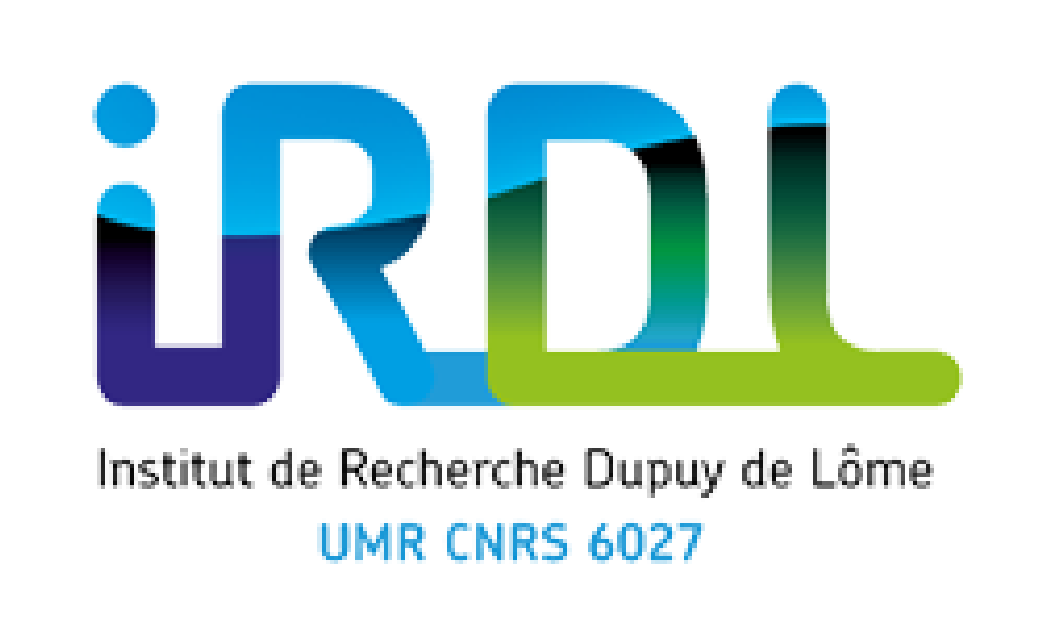Le lundi 25 avril, conférence du Professeur Toshihiko KUWABARA (Division of Advanced Mechanical Systems Engineering – Tokyo University of Agriculture and Technology) donnera, à l’occasion de sa venue à Lorient, une conférence sur le thème : « Material testing and modeling of anisotropic sheet metals and its effects on the accuracy of forming simulations ».
Rendez-vous dans l’ Amphi IUT GIM à partir de 14h (visio avec l’ENSTA Bretagne).

Pierre-Yves MANACH et Toshihiko KUWABARA
Résumé de son intervention :
Material testing and modeling of anisotropic sheet metals and its effects on the accuracy of forming simulations
Toshihiko KUWABARA
Division of Advanced Mechanical Systems Engineering, Institute of Engineering, Graduate School of Tokyo University of Agriculture and Technology, 2-24-16, Nakacho, Koganei-shi, Tokyo 184-8588, JAPAN.
E-mail: kuwabara@cc.tuat.ac.jp
This lecture aims at demonstrating the importance of material modeling for improving the predictive accuracy of numerical forming simulations. In the first part of the lecture, the multiaxial testing methods (MTMs) and in-plane stress reversal tests for sheet metals are briefly reviewed (ISO, 2014; Kuwabara, 2014). In the second part, the effects of material models (yield functions) on numerical forming simulations are demonstrated. The elastic-plastic deformation behaviors of aluminum alloy sheets and steel sheets are precisely measured to determine appropriate material models for the test materials. The precise measurements of the contours of plastic work and the directions of plastic strain rates reveal that the materials exhibit differential hardening (DH; Hakoyama and Kuwabara, 2015); the shapes of the work contours constructed in the principal stress space change with an increase in plastic work. The DH behavior is approximated by changing the material parameters and the exponent of the Yld2000-2d yield function (Barlat et al., 2003) as functions of the reference plastic strain. Using the DH and isotropic hardening models, forming limit analyses with the Marciniak–Kuczyński approach (Marciniak and Kuczyński, 1967) and finite element analyses of sheet metal forming processes, such as hydraulic bulge, hole expansion and bending, are performed. The calculated results are compared with experimental data, and the effects of the material models on the predictive accuracy of the forming simulations are discussed.
References
Barlat, F., Brem, J.C., Yoon, J.W., Chung, K., Dick, R.E., Lege, D.J., Pourboghrat, F., Choi, S.-H., Chu, E., 2003. Plane stress yield function for aluminum alloy sheet-Part I: Theory. Int. J. Plasticity 19, 1297-1319.
Hakoyama, T., Kuwabara, T., 2015. Effect of biaxial work hardening modeling for sheet metals on the accuracy of forming limit analyses using the Marciniak-Kuczynski approach. In: Altenbach, H., Matsuda, T. and Okumura, D. (Eds.), From Creep Damage Mechanics to Homogenization Methods. Springer, pp. 67-95.
ISO 16842: 2014 Metallic materials −Sheet and strip −Biaxial tensile testing method using a cruciform test
Kuwabara, T.:Biaxial Stress Testing Methods for Sheet Metals. In Comprehensive Materials Processing; Van Tyne, C. J., Ed.; Elsevier Ltd., 2014; Vol. 1, pp 95–111.
Marciniak, Z., Kuczyński, K. 1967. Limit strains in the processes of stretch-forming sheet metal. Int. J. Mech. Sci. 9, 609-620.

